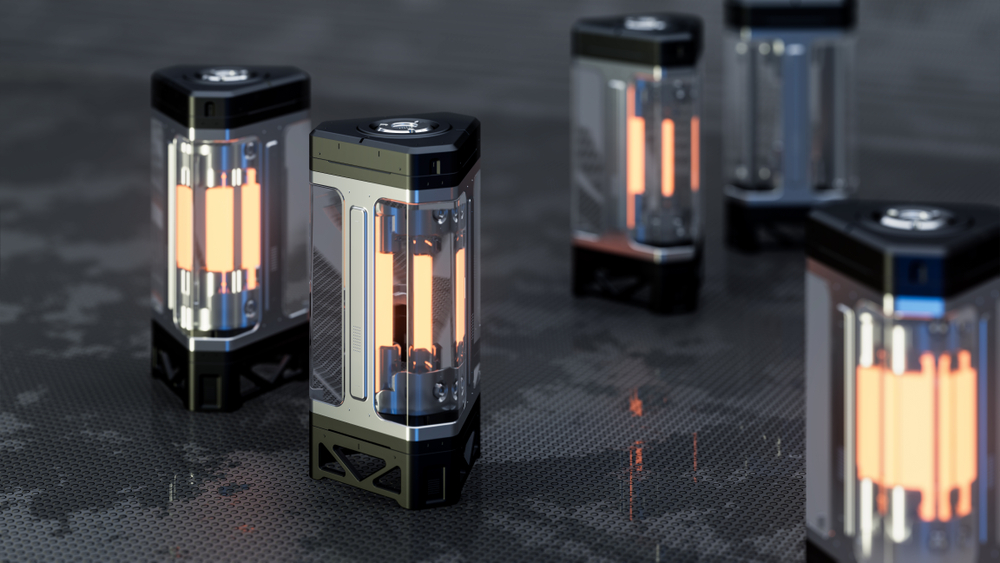The world of energy storage is undergoing innovative changes with the advent of quantum batteries.
A recent study by Federico Carollo, an associate professor at the Center for Liquid and Complex Systems at Coventry University, shows how temporal crystals can play a key role in the development of these cutting-edge energy storage devices. has been revealed.
What are time crystals and how do they work?
Unlike traditional crystals such as diamonds and quartz, which have fixed atomic structures that are repeated in space, crystals of time exhibit unique properties in which their patterns repeat over time.
This continuous vibration allows them to exist in a dynamic state and do not settle into equilibrium states.
Due to these unique properties, temporal crystals are attracting great interest in quantum computing, quantum sensors, and potential applications in quantum batteries.
Unlocking the possibilities of quantum batteries
Quantum batteries equipped with quantum mechanical principles can store and transfer energy faster and more efficiently than traditional batteries.
The research conducted by Carollo and his colleagues focused on the thermodynamics of temporal crystals, which are essential to understanding the flow and retention of energy within these systems.
Their findings suggest that temporal crystals can significantly improve the energy storage capacity and efficiency of quantum batteries.
How time crystals improve energy efficiency
Through advanced theoretical and mathematical models, Carollo’s team investigated the non-equilibrium states of temporal crystals and their effects on energy storage.
Initially, researchers aimed to study how bond-time crystals function within quantum engines.
However, they quickly realized that their models were more applicable to quantum battery applications.
Their research demonstrated that combined time crystal systems can store energy in more efficient and in greater quantities than stationary systems.
This discovery opens up new possibilities for powering nanoscale devices with quantum batteries.
These small yet powerful batteries significantly outperform classic energy storage solutions, providing charging speeds and excellent energy retention.
The role of thermodynamics
One important aspect of quantum cell development is understanding the thermodynamic properties of temporal crystals.
Thermodynamics play a key role in determining the resources needed to maintain these systems and assessing overall efficiency.
Carollo’s research provides valuable insight into how energy flows within the crystallization of time and how they are optimized for real applications.
The future of quantum batteries
The possibilities of quantum batteries are immeasurable. Applications range from home appliances to large-scale energy storage solutions.
If well developed, these batteries could lead to major advancements in fields such as:
Renewable Energy Storage: More efficient energy retention for the solar and wind. Quantum Computing: Power supply for next-generation computing systems with ultra-fast charging capabilities. Medical Devices: Provides long-term power supply for nanoscale medical implants and sensors.
Carollo added: “For example, quantum batteries can be used to direct energy to nanoscale devices, and they have the promise to perform better than classic batteries.
“The hope is that by talking to the industry, experimenters and experimenters, we can take the next step.
“Together, we can try to leverage technology’s time crystallization to understand the future challenges that pose outside the Institute of Physics.”
The future of energy storage looks increasingly promising as research continues to maximize the potential of quantum batteries’ time crystallization.
Continuing advancements and interdisciplinary collaborations have the potential to quickly shift quantum batteries from theoretical models to transformative real-world technologies.
Source link

